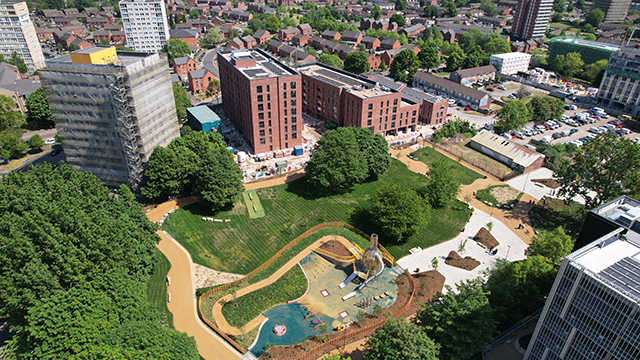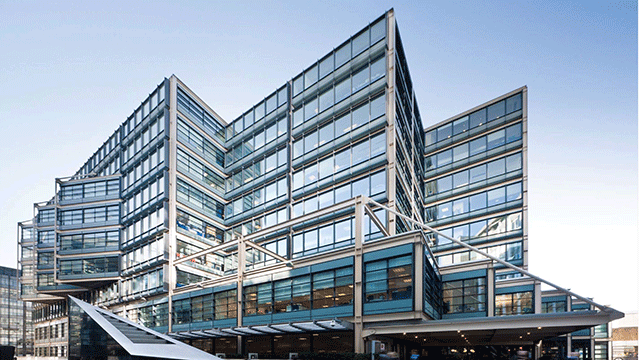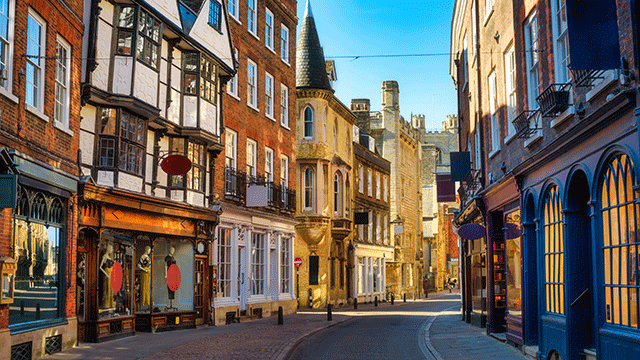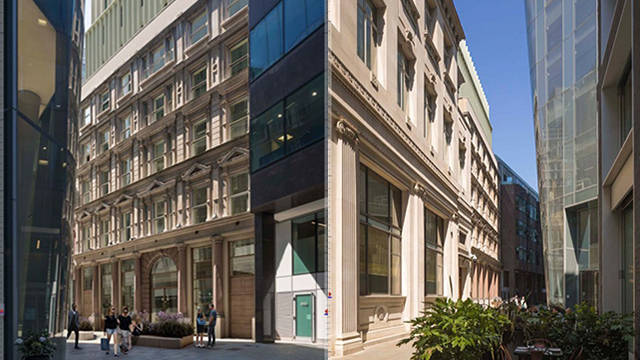Cambridge has emerged as the UK’s most sustainable city for real estate investment, according to BNP Paribas Real Estate’s Next X Sustainability Index, which ranks 20 major regional cities outside London based on environmental performance.
According to the report, Cambridge “demonstrates the strongest all-round performance”, leading in categories such as ultra-low-emission vehicle adoption and cycling infrastructure. It scored top marks for bicycle parking provision, with more than 220 cycle spaces per 10,000 residents.
BNP PRE’s report aimed to identify which locations “are best placed to deliver long-term value for occupiers and investors with sustainability front of mind”.
The report examined 61 UK urban areas. To identify the top-performing markets, data has been centred around the uses and a range of environmental metrics including air quality, CO2 emissions per capita, BREEAM-rated office space, EV infrastructure and green commuting.
Beyond the building
The report’s findings reflect a shift in how ESG performance is being assessed in the built environment. While green building certifications remain important, BNP PRE found “sustainability can’t be considered in isolation – investors and developers must also consider the wider environmental context of a location”.
Josh Arnold, associate director at BNP PRE, said: “Cambridge tops the ranking for the second consecutive year, reflecting its strong performance across all five sustainability themes. The city’s commitment to green space preservation, sustainable transport and long-term carbon reduction strategies continues to set a high benchmark for other locations.
“A noticeable divide exists between the North and South, with eight of the top 10 markets situated in the South. York is the only northern city in the ranking. However, local plans up and down the country are being redrafted to incorporate encouraging policy targets and initiatives which should help towards evening the playing field.”
He added: “We are also seeing significant momentum from new towns, including Milton Keynes and Peterborough, which have benefited from newer infrastructure, supporting metrics like average EPC ratings and renewable energy installations, as well as being designed with open space as a focal point.”
The top 10
Cambridge is followed by Glasgow, Edinburgh, Milton Keynes and Swansea. Exeter, Bristol, Dundee, Reading and Leeds round out the top 10.
Milton Keynes stood out for EV infrastructure, “with 34.3 charging devices per 100,000 people – more than three times the average of the cities covered”. Glasgow and Edinburgh were also commended for their “ambitious net zero targets and city-wide climate resilience strategies”.
Meanwhile, Swansea, Exeter and Dundee made the top 10 with strong air quality and low emissions per capita, “highlighting the importance of smaller cities in the sustainability conversation”.
Investment impact
The report highlights the rising pressure on investors to meet ESG targets across their portfolios and acknowledges “there is an increasing focus on how sustainability performance at the asset level interacts with that of the surrounding location”.
As investor priorities evolve, the report suggests ESG-aligned capital is likely to flow into cities that can offer “a joined-up, place-based approach to environmental sustainability”.
Send feedback to Akanksha Soni
Follow Estates Gazette











